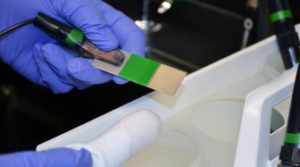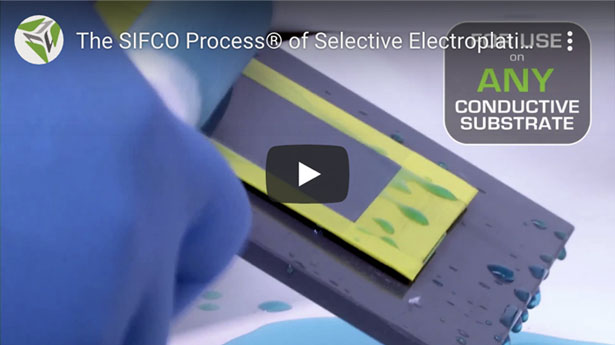Brush plating (also known as selective plating) is a portable method of electroplating. Selective plating is used to apply anodized coatings and electroplated deposits in localized areas of a part without the use of an immersion tank.
Application and advantages
Brush Plating is primarily used for enhancing surfaces on OEM components, permanent repairs and salvaging worn or mis-machined parts. Because this method of electroplating is portable, it can be used anywhere in the shop or out on field, whereas traditional tank electroplating uses a bath or container to deposit the coating. Because of this, the process is used across a wide range of industries, including aerospace, oil and gas, marine, petrochemical and more.
The Benefits of Brush Plating
This method of surface plating provides a multitude of benefits, such as:
- Corrosion protection
- Improved wear resistance
- Improved solderability or brazing characteristics
- Decreased electrical contact resistance
- Galling prevention
- Serving as bearing surfaces
- Reduced downtime as machines don’t need to be taken apart

 Chinese (Simplified)
Chinese (Simplified)  English (UK)
English (UK)  French
French  German
German  Spanish
Spanish  Swedish
Swedish 

